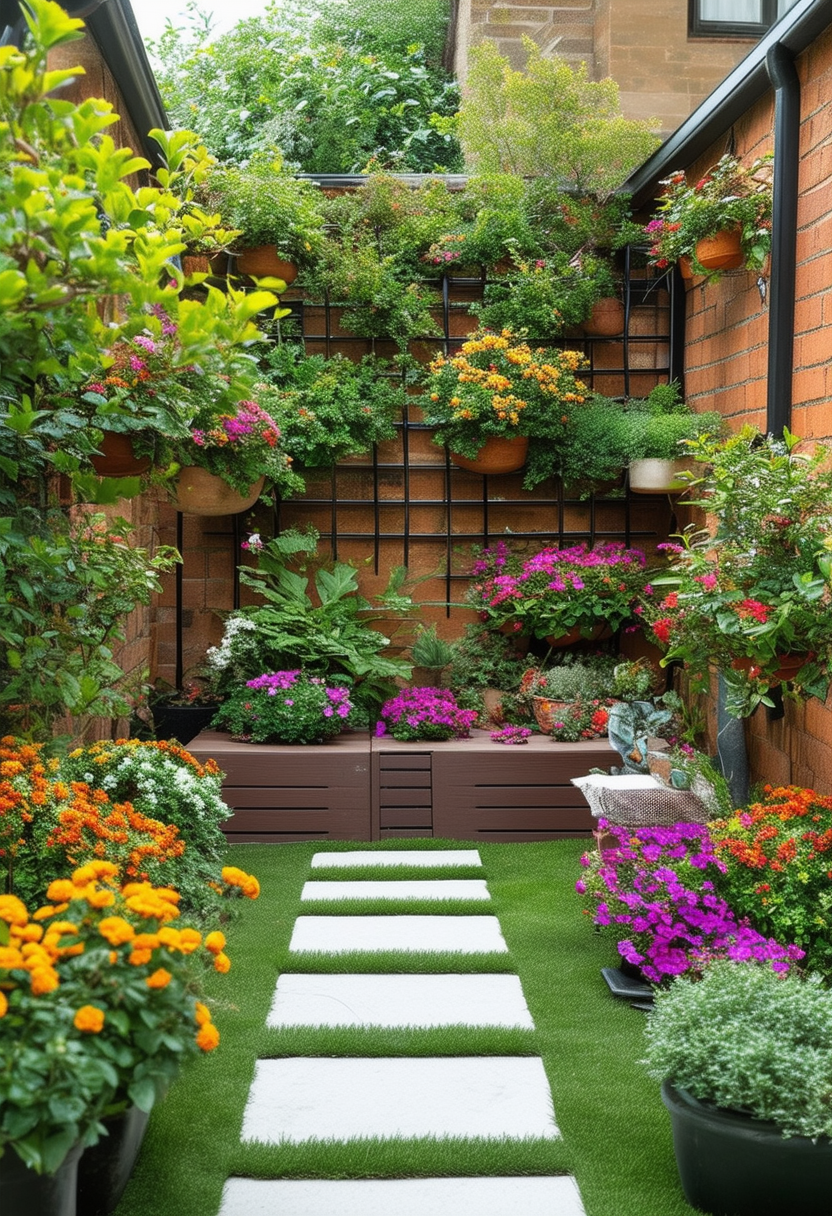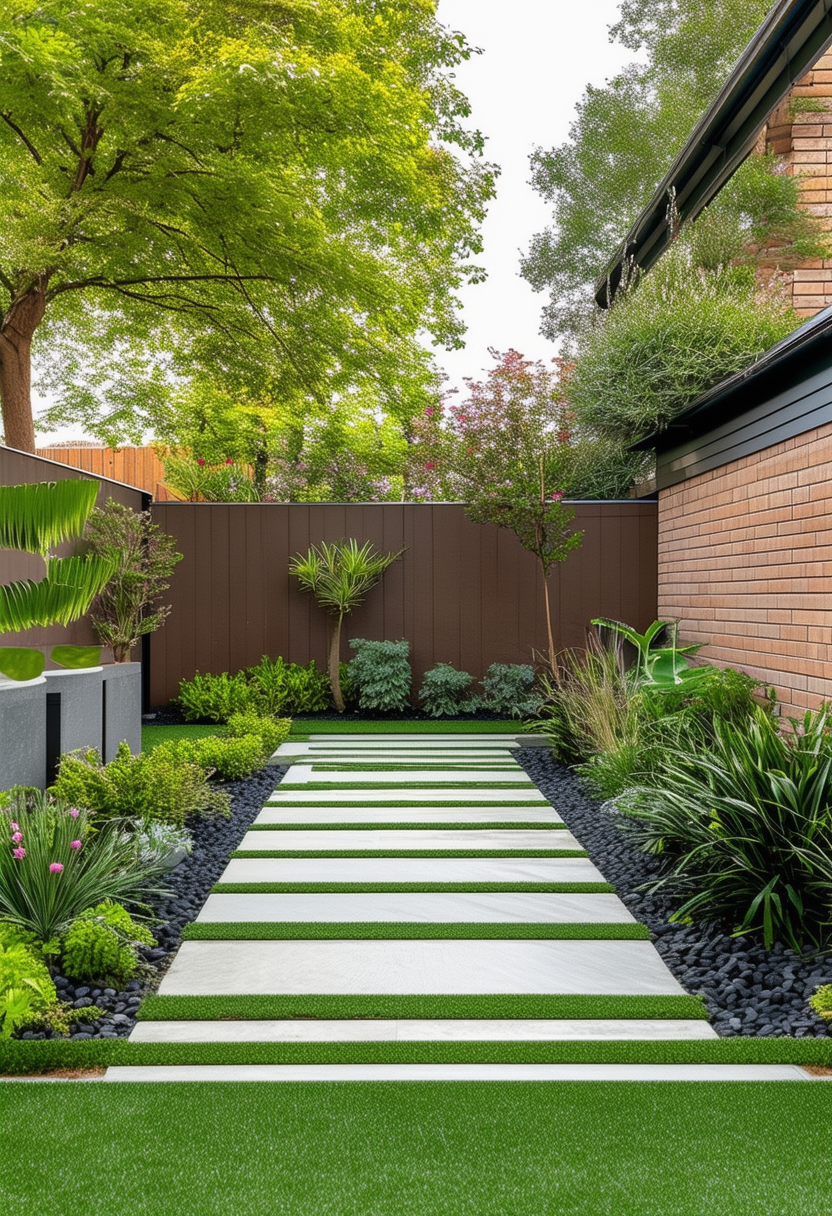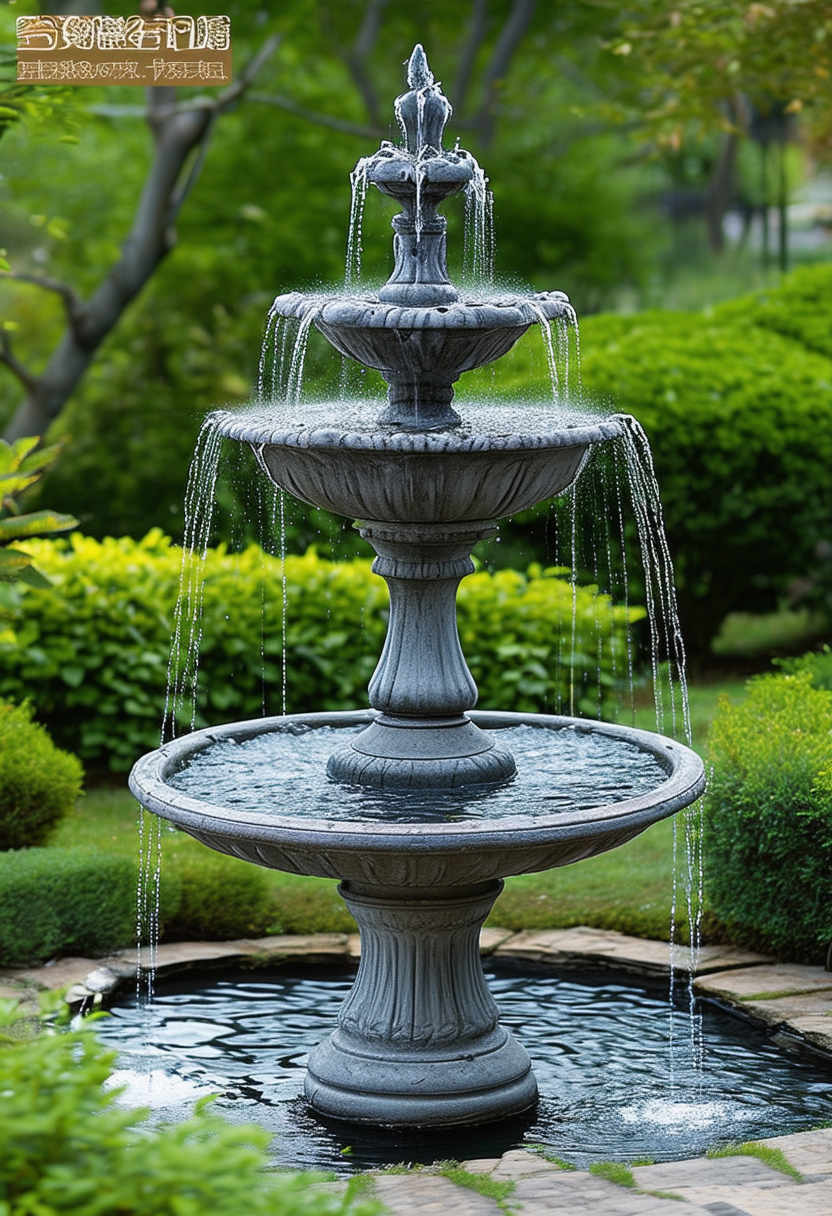In the world of landscaping, big yards often steal the spotlight with their sprawling gardens and grandiose designs. But what about those charming petite front yards that are often overlooked? Fear not, for there are plenty of artful landscaping solutions to transform these small spaces into mini masterpieces that pack a punch. With a little creativity and strategic planning, even the tiniest of front yards can become a stunning visual oasis that welcomes guests with style and flair.
From clever plant selections to creative hardscaping elements, there are endless possibilities for enhancing the beauty and functionality of a petite front yard. Whether you’re aiming to create a cozy retreat or make a bold statement, this article will explore various design ideas and tips to help you make the most of your compact outdoor space. So, if you’re ready to unleash your inner landscape artist and give your front yard the attention it deserves, read on for inspiration and guidance on transforming your petite plot into a work of art.
Enhancing Curb Appeal with Strategic Plant Selection
When it comes to maximizing curb appeal in small front yards, strategic plant selection is key. By carefully choosing the right plants and flowers, you can create a stunning and welcoming entrance to your home. One approach is to opt for low-maintenance plants that thrive in your specific climate and require minimal care.
Consider the following artful landscaping solutions:
1. Mix and match colorful flowers such as petunias, marigolds, and begonias to add a pop of color to your front yard.
2. Plant small trees or shrubs like boxwoods or dwarf Japanese maples to add height and structure to your landscape.
3. Use decorative pots and planters to add visual interest and create a cohesive look.
Maximizing Space with Functional Hardscaping Elements
When faced with a small front yard, it can be challenging to find ways to maximize space while still creating a functional and visually appealing outdoor area. One solution to this common problem is to incorporate artful hardscaping elements that serve dual purposes – both beautifying the space and providing functionality.
Utilizing multi-purpose features such as built-in seating that also doubles as storage or planters that serve as dividing walls can help maximize space in a small front yard. By combining functionality with design, you can create a cohesive and stylish outdoor space that feels larger than it actually is.
| Feature | Functionality |
| Built-in seating with storage | Maximizes seating space and provides storage for outdoor essentials. |
| Planters as dividing walls | Creates visual interest while defining different areas of the front yard. |
Creating Depth and Dimension with Layered Plantings
Layered plantings can transform a small front yard into a lush and vibrant oasis. By strategically placing plants of varying heights and textures, you can create depth and dimension that make the space feel larger and more visually interesting.
Consider planting tall bushes or trees towards the back of the yard to create a sense of height and privacy. In front of these, place medium-sized shrubs or perennials to fill out the space and add color. add low-growing ground cover plants at the front to soften the edges and provide a seamless transition to the lawn or walkway.
| Height | Plant Type |
|---|---|
| Tall | Bushes or Trees |
| Medium | Shrubs or Perennials |
| Low | Ground Cover Plants |
Don’t be afraid to mix and match different plant varieties to create a dynamic and visually appealing landscape. Incorporating a mix of evergreen and flowering plants can provide year-round interest, while combining different leaf shapes and colors can add depth and texture to the design.
Utilizing Vertical Elements for Vertical Gardening Opportunities
Vertical elements in landscaping can provide a unique opportunity for gardeners with small front yards to maximize their space. By utilizing walls, fences, or trellises, you can create vertical gardening opportunities that not only add visual interest but also make the most of limited square footage.
One way to take advantage of vertical elements is by incorporating hanging baskets or planters. These can be suspended from hooks attached to a wall or fence, allowing you to plant a variety of flowers, herbs, or succulents without taking up valuable ground space. Additionally, vertical gardens can be created by installing modular planters that can be stacked or arranged vertically to create a living wall.
| Vertical Element | Potential Use |
| Trellises | Support climbing plants like morning glories or vines |
| Hanging Baskets | Add color and texture without taking up floor space |
When designing a vertical garden, consider combining different types of plants to create a dynamic and visually appealing look. Mix flowering plants with trailing vines or cascading succulents to add texture and depth to your vertical space. With some creativity and a little bit of planning, you can transform your petite front yard into an artful oasis that showcases the beauty of vertical gardening.


